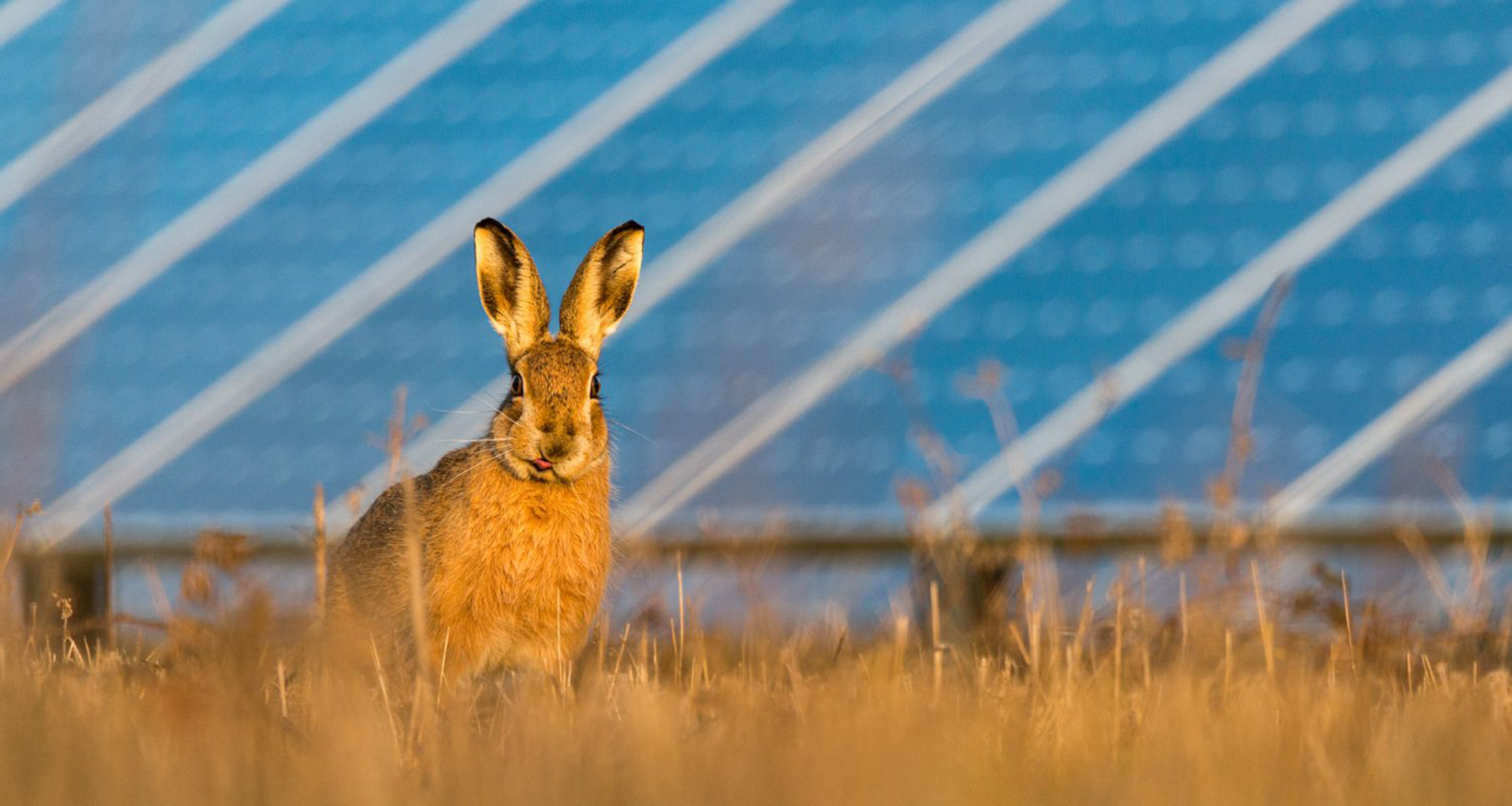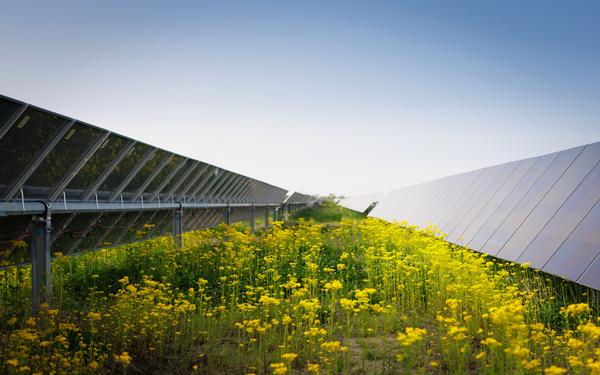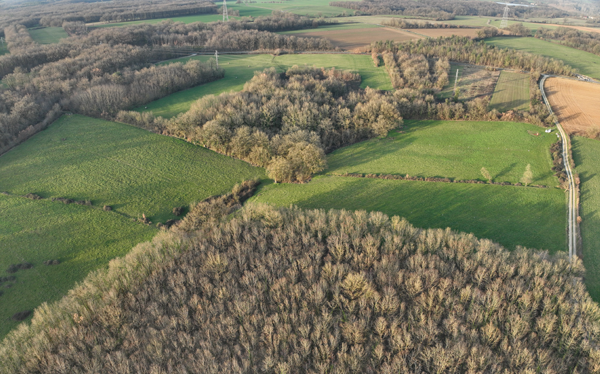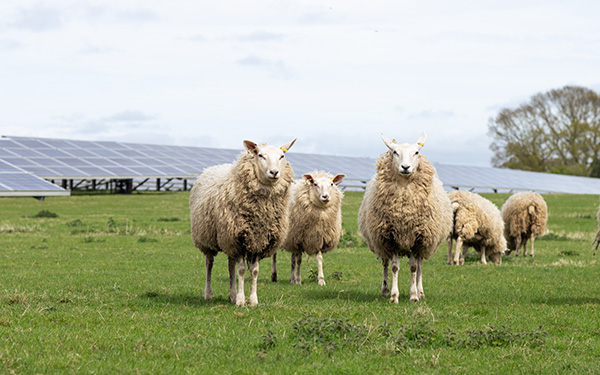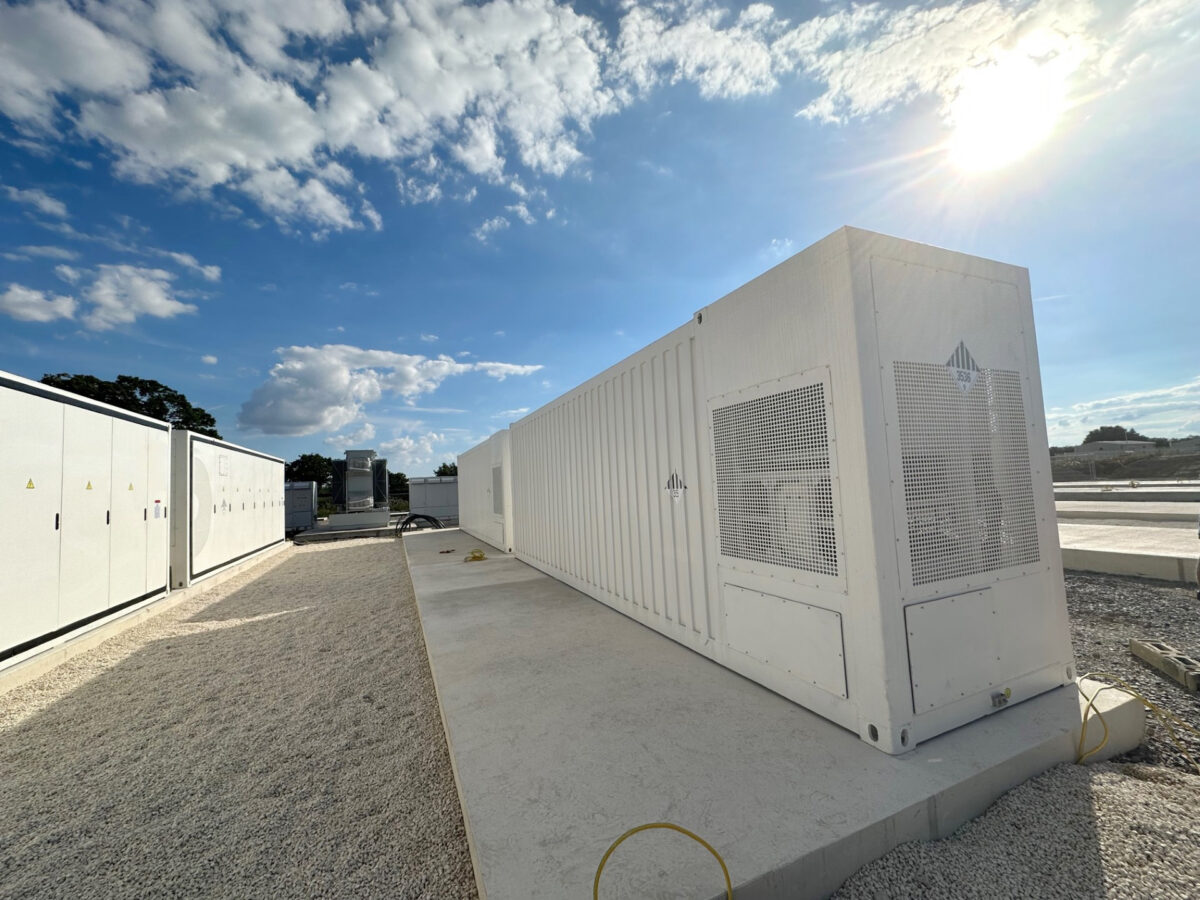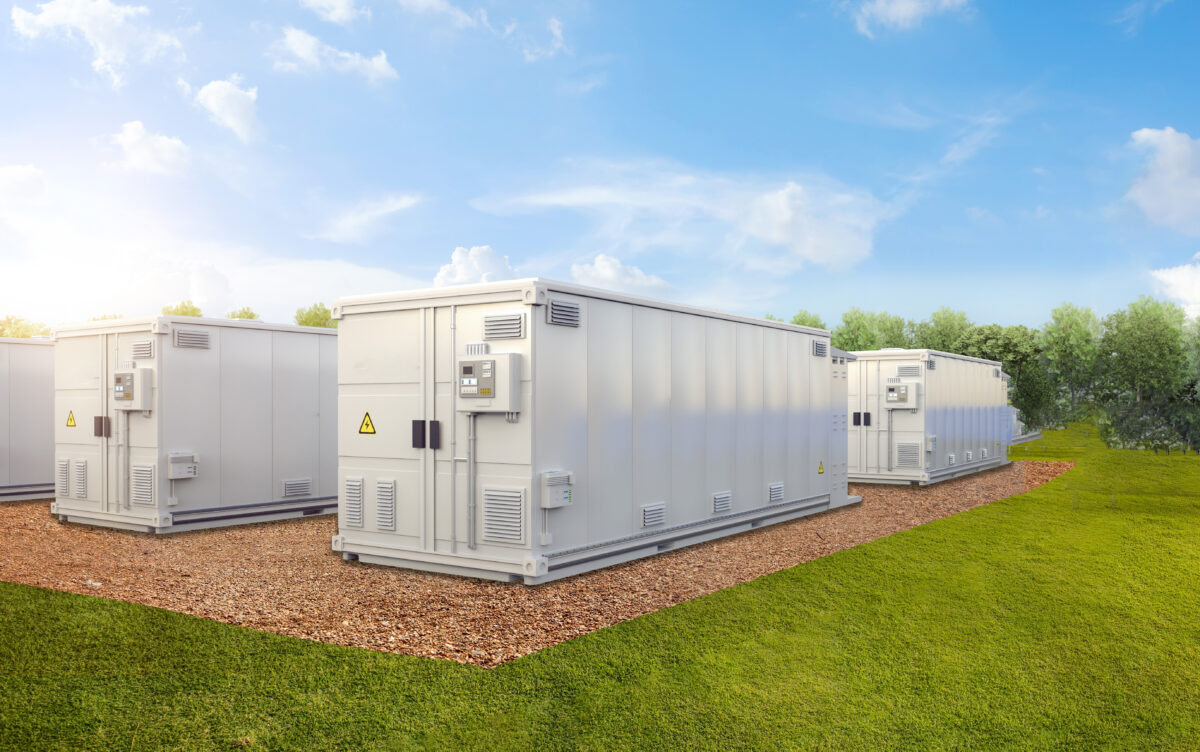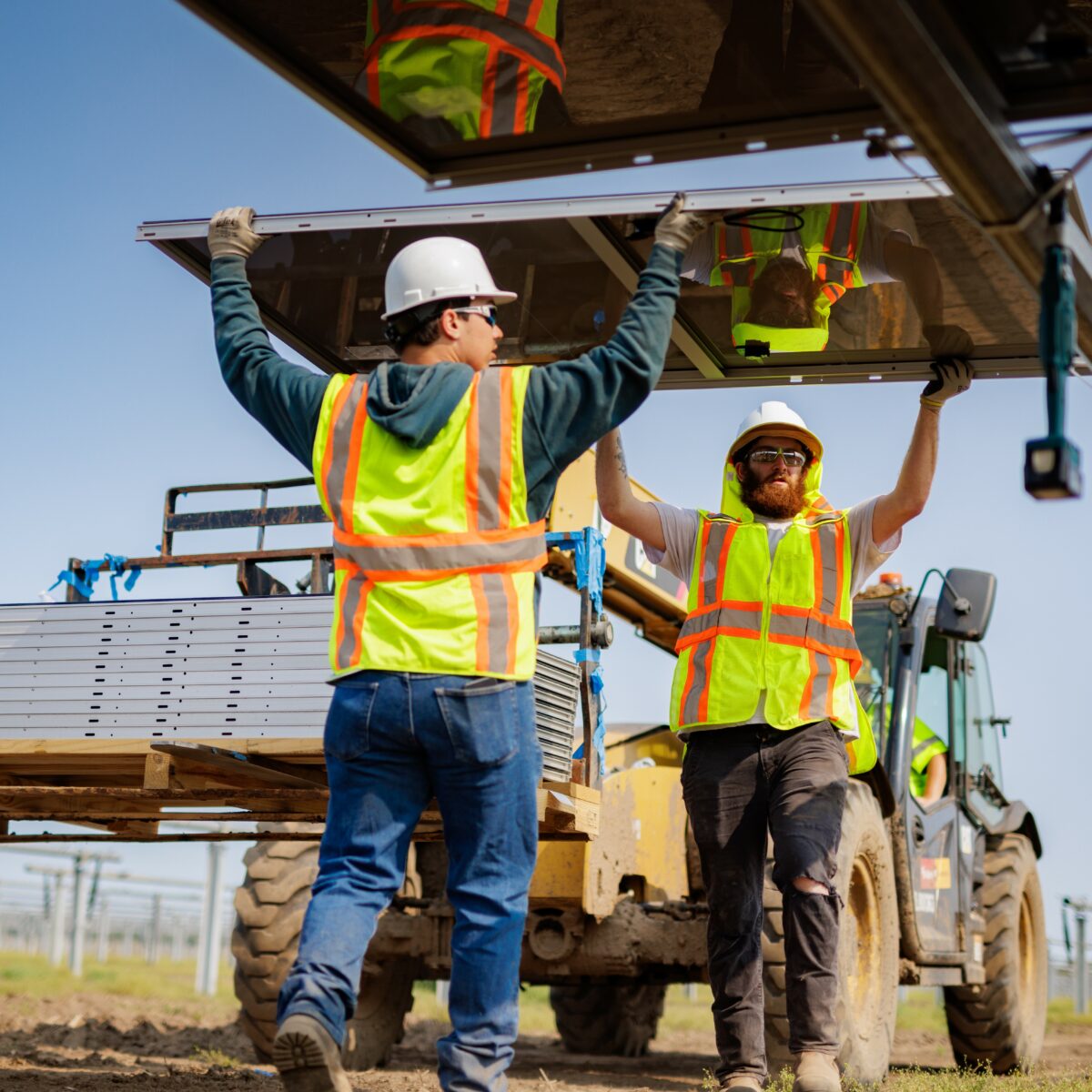Conway Solar FAQs
We’ve received lots of interest in our Conway solar project, so we’ve put together a list of the most commonly asked questions, and their answers.
How will this project affect the local community?
Lightsource bp is committed to being a long-term partner of the local communities in Arkansas. This approach includes community engagement, maximizing local benefits, and development of a site-specific long-term land management plan that will optimize environmental benefits of the project in order to help improve the land.
Who is paying for the installation of the solar system?
Lightsource bp will finance, build, own, operate and maintain the solar system. Conway Corp pays Lightsource bp for the renewable energy generated by the solar farm at a fixed cost for 20 years.
How safe is a solar farm?
A solar project is about as safe as a facility can be. There are no air emissions from the solar farm. There are no chemicals. No trucks will be coming and going on a daily basis once construction is complete. The power will leave the solar project on lines just like the power lines in your neighborhood.
Do solar installations pose a health risk?
Solar is a passive technology which doesn’t produce any harmful by-products. All electrical equipment is designed to NEC code compliant with local jurisdictions and relevant equipment certified to UL. In fact, solar energy replaces polluting energy generating by fossil fuels, improving the health of people and the environment they live in.
How are the panels kept clean?
Generally, rainfall helps to keep the panels free of dust and dirt. Several times a year, the panels will be thoroughly cleaned using specialized equipment, to make sure the installation is in the best possible condition.
What are the advantages of bifacial solar panel technology?
Bifacial solar panels have the ability to capture sunlight on both faces of the panel, increasing the efficiency of energy transfer by around 14%. In addition to increased energy production, bifacial modules have glass on both sides, extending the lifetime of the product when compared to monofacial panels.
What about reflected sunlight?
The more sunlight a solar panel absorbs, the more electricity it can produce. Solar panels are thus designed to absorb light, and only reflect a small amount of the sunlight that hits them as compared to most other everyday objects. For example, solar panels reflect significantly less light than flat water.
Are solar farms noisy?
Solar farms do not have any moving parts and as such do not emit any noise beyond the site boundaries.
What will the impact be on wildlife?
Studies have confirmed that with proper planning and land management, solar farms can bring about significant increases in wildlife populations and biodiversity. Solar projects planted with pollinator habitat can actually help increase local agricultural yields through increased pollination and other beneficial insect services. Once installation is complete, they are secure sites with little disturbance from humans or machinery for decades.
Can the land used by a solar farm be redeveloped in the future?
Once built, a solar farm is a secure site with little disturbance from humans or machinery for decades. This gives the land a recovery period, increasing future soil quality and land value. At the end of the project the installation will be dismantled, removed and recycled without harming the land – we make sure that the land is restored to its original state, or better.

